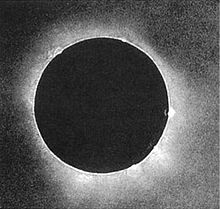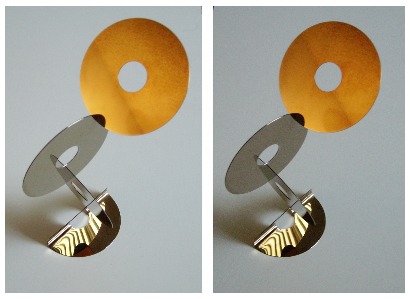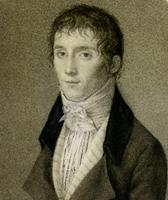The daguerreotype was the first successful photographic process and was invented by Louis-Jacques-Mande Daguerre. The daguerreotype is a direct-positive process. It rested a detailed image on a copper plate. The surface of a daguerrotype resembled a mirror. The process was announced on August 18, 1839, and then became famous.
2. What is an "albumen" print? What was the main "ingredient" of the albumen process? When did the albumen process die out?
An albumen print is a first exploitable method of producing a photographic print on a paper base from a negative. This print was created by Louis Desire Blanquart-Evrard.
The main ingredient is egg whites, where albumen is found, and used to bind the chemicals to the paper. The process died out in the 20th century.
3. What is a "stereograph?" When were they popular?
A stereograph is two almost identical pictures that are designed to make a three-dimensional effect when viewed through a stereoscope or special glasses. The stereograph was invented by Sir Charles Wheatstone in 1838 and is still used today.
4. What is a "carte de visite?" What were they used for?

The carte de visite was a type of small photograph that was usually made out of albumen paper. IT was founded by the french photographer Andre Adolphe Eugene Disderi. The small photograph was used to trade among friends, such as a visiting card.
5. Who were Matthew Brady and Alexander Gardner? They both are notable for what type of photography? When were they active? Post two noteworthy photographs for each photographer.
Alexander Gardner was a scottish photographer who moved to the United States to pursue his career more in photography. Matthew Brady was an American Photographer. They are both notable for their photographs of the American Civil War in the 19th century.
Alexander Gardner


Matthew Brady





